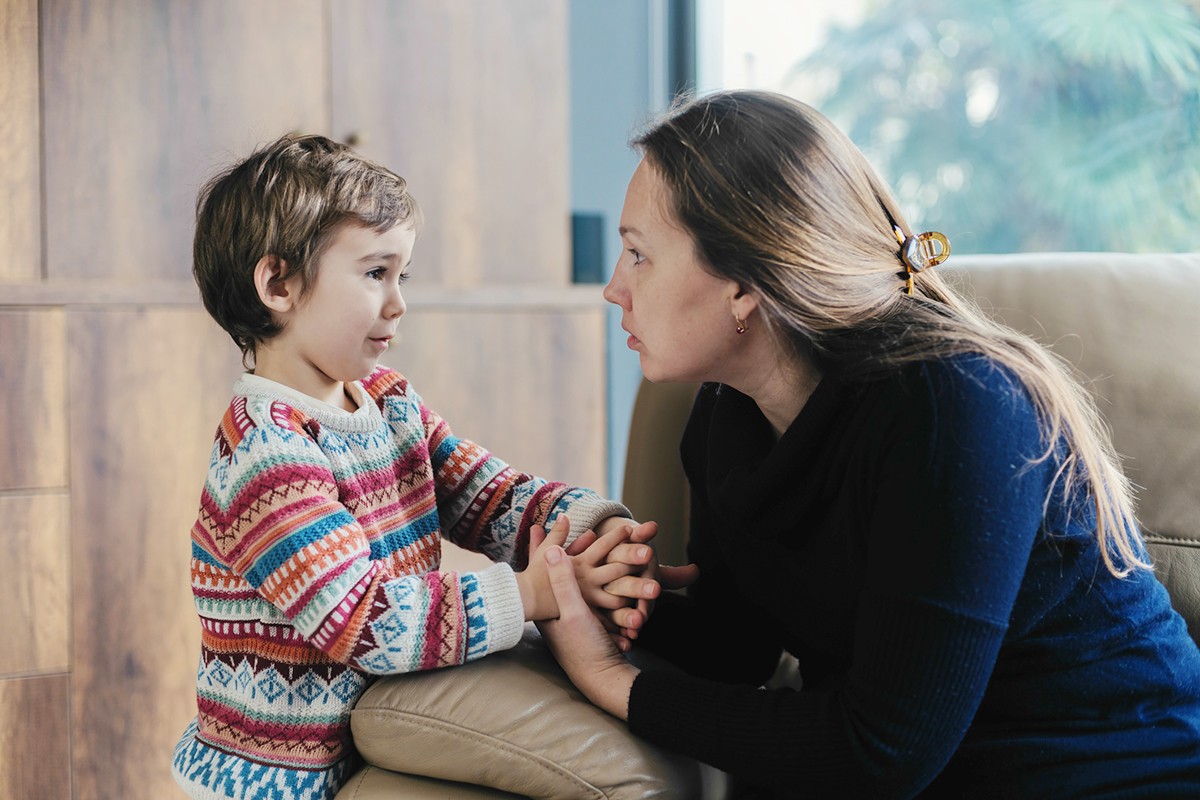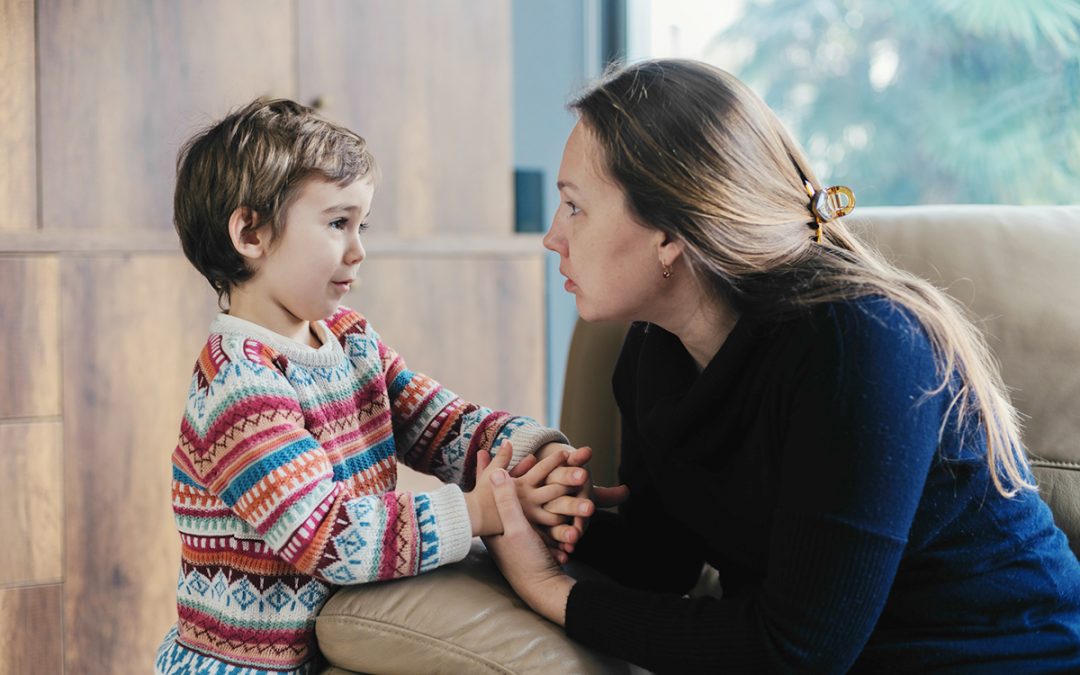
“No” is arguably the most powerful and important word we ever learn. As adults, if our “no” is not given or taken well, it deeply affects our emotional wellbeing and social success.
Adults with poor boundaries find it hard to say no to themselves and others. This can sometimes result in becoming unreliable at work and in the home, addictions, becoming a passive victim and even violence.
It is helpful to frame how we teach no by looking at how we respond as adults in a healthy way.
Healthy adults will immediately stop when someone says no.
– When we say no to our children, make sure they stop. While they are very little, gently restraining them without becoming angry, teaches them to respond immediately to “no”. Once your child is 2 or 3, it becomes harder to do this gracefully, but if we don’t, it is next to impossible when they are 8 or 15.
When we say no, we need to show them what it looks like to accept a “no” Show them “no” by removing the object, moving the child away or sometimes leaving (yes even halfway through your weekly shop)
Healthy adults pursue something else.
Staying and repeating “no” while a child keeps repeating the behaviour teaches them that “no” means you will give them your attention. If they are looking for connection, they will begin to look for more ways of making you say “no!”
Giving in after saying “no” teaches your child that “no” really means “maybe.” This can affect your childs’ ability to follow safety directions, say “no” to themselves to control impulses to spend, eat or medicate. It can even affect their ability to hear “no” from their friends or adult partner.
Distraction is King. As healthy adults, if we don’t get the job we applied for, we don’t camp out at the workplace badgering the boss with pleas to employ us. Instead, we look for another interesting opportunity. To teach this strategy to your child, after saying “no”, offer something else. For example, you might say “no” to throwing an object, but might find a ball to roll down a slope instead.
Sometimes adults feel guilty when they say “no” especially if their parent was authoritarian and “no” felt like a rejection. While it is important to not repeat this error, it is also important not to compensate your child every time you say “no.” If they learn you will give them a treat or special attention after saying “no”, they will look for more ways of making you say “no!”
Healthy adults are not afraid to say no.
As much as possible, honour your childs’ “no.” Read Babys’ body language and stop anything that upsets them. Immediately stop tickling, wrestling, or spinning when asked. Model this by telling them to stop when you are not enjoying their rough play too.
Respect their right to say “no” to affection. Never force them to accept hugs or kisses from other adults. This teaches them they must accept unwanted touch. Give toddlers the power to choose by giving them 2 choices of activity, outfit, or toy. Limited choices still teach personal power, including “you can put it away or I can put it away.”
Even if your child screams or physically asserts their “no”, don’t meet their anger with anger. Ask them to say “no” in a way that can be heard without scaring other people. Take time to teach them socially acceptable phrases or gestures to say “no.” With pre-schoolers you can roleplay how to say.
We can’t always accept “no” from our babies and children because their brain doesn’t yet have the capacity to always know what is good for them. For example, changing nappies, eating good food, going to sleep, being safe and wearing weather appropriate clothes are choices adults need to make.When we can’t honour their “no”, a good rule is to slow down, repeat yourself, and be gentle. Getting angry and forcing your own “no” will teach a child that their feelings are not important. It will also teach them to use anger and force to say “no”. For example, at bedtime, gently repeatedly returning them to bed, without engaging except to say “it’s time for bed” will teach them you mean your “no.”
Healthy adults question why.
“That hurts”, “that’s not safe”, “that will break,” “you will fall,” “that’s mine” are all short explanations that help your child accept “no.” From the youngest age, no should be given an explanation. These expand as your child gets older.
Preschoolers and school aged children should be allowed to negotiate when appropriate. For example, we might say “no” to waterplay in the lounge room. Your child might suggest taking it to the bathroom. You might say yes. You may say no to using makeup but yes to putting some on them yourself. Be open to reasonable negotiation so your child learns this important life skill.

